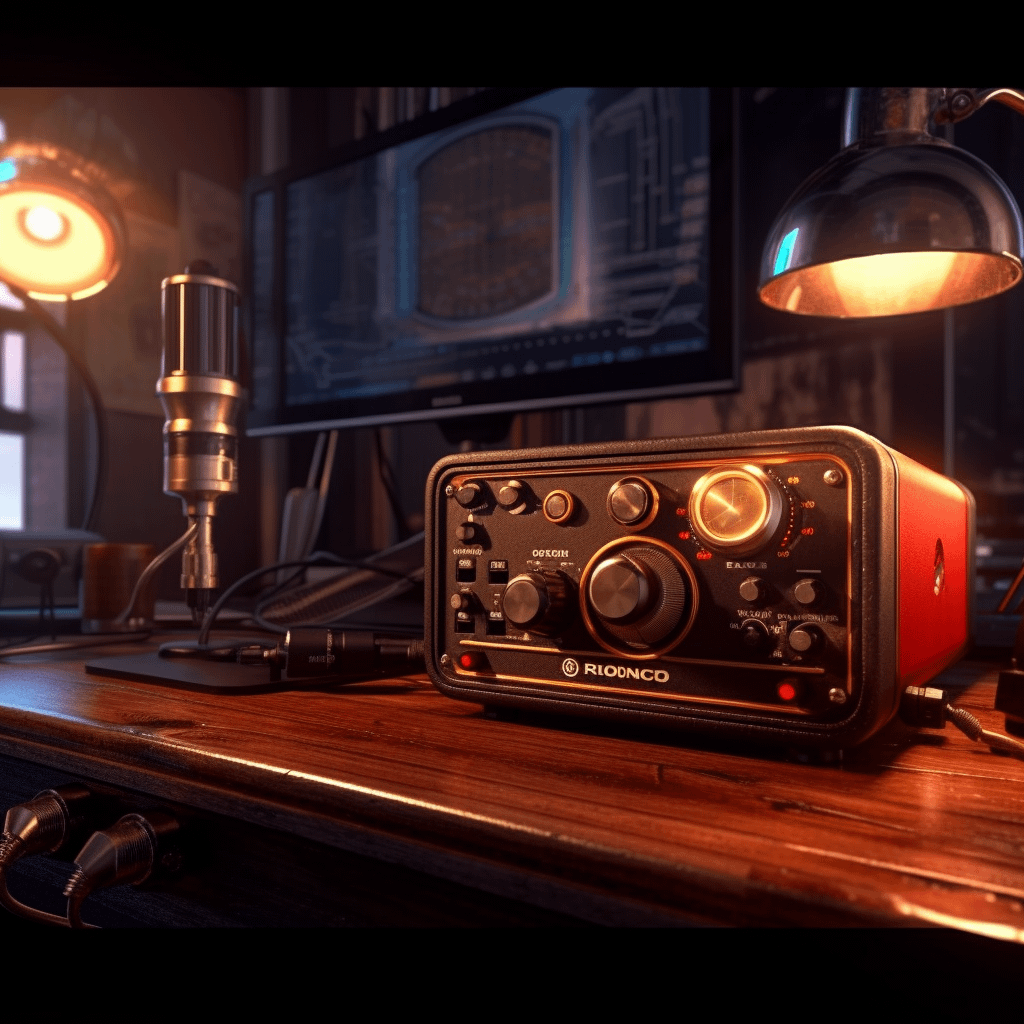The Importance of Voice Over in Explainer Videos
Explainer videos are a popular tool for businesses and organizations to communicate complex ideas and information to their audience. These videos use animation, graphics, and narration to simplify complex concepts and make them more understandable. One key element of explainer videos is the voiceover, which can make or break the success of the video.
What are the best tips for creating effective voiceovers for explainer videos?
Know Your Audience
The first step in crafting a great voice over for your explainer video is knowing your audience.
Who are you trying to reach? What are their interests and pain points? Once you have a solid understanding of your audience, you can tailor your voice over to their needs.
Write a Clear and Concise Script
Your script is the foundation of your voice over. It’s essential to make sure it’s clear, concise, and easy to follow. Avoid using technical jargon or buzzwords that might confuse your audience. Instead, use simple language that everyone can understand.
Keep It Simple
When it comes to explaining complex ideas, it’s best to keep it simple. Break down complex concepts into smaller, bite-sized pieces that are easy to understand. Use analogies or metaphors to help your audience grasp difficult concepts.
Use a Conversational Tone

A Female Voice Over for Your E-learning, Corporate and Explainer Videos
A conversational tone can help your audience feel more connected to your content.
Avoid using a robotic or monotone voiceover that might come across as boring or disengaged. Instead, use a natural and friendly tone that invites your audience to engage with your content.
Pay Attention to Pace and Rhythm
The pace and rhythm of your voiceover can make a big difference in how your audience perceives your content. Too fast, and your audience might feel overwhelmed. Too slow, and they might lose interest. Find the right balance to keep your audience engaged and focused.
Emphasize Key Points
Emphasizing key points can help your audience understand the most important information in your explainer video. Use changes in tone or inflection to draw attention to important concepts or ideas. Be careful not to overdo it, though, as this can come across as unnatural.
Use Audio Cues
Using audio cues can help reinforce key points in your voiceover. For example, using a sound effect to signify a transition from one idea to the next can help your audience stay on track. Be creative and use audio cues to enhance your voiceover.
Practice Makes Perfect
Before recording your voiceover, practice reading your script out loud. This can help you identify any areas that might need improvement. Practice your pacing, tone, and inflection until you feel comfortable with the material.
Choose the Right Voiceover Talent
Choosing the right voice over talent is crucial for a successful explainer video. Consider the tone and style you’re going for and find a voiceover artist that fits the bill. Don’t be afraid to audition several candidates until you find the perfect fit.
Edit and Polish
Once you’ve recorded your voiceover, it’s time to edit and polish it up. Remove any mistakes or unnecessary pauses and make sure the pacing is consistent throughout. Add in any necessary sound effects or music to enhance your voiceover.
A well-crafted voice over is essential for communicating complex ideas in your explainer videos. By following these tips, you can create a voiceover that engages your audience and gets your message across effectively.
Remember to keep it simple, use a conversational tone, and emphasize key points. With practice and attention to detail, you can create a voice over that truly shines.
How Can I help?
I am a professional female voice over talent, with my own recording studio, saving you time and money.
You can send me a script and details about where it will be used.
I can send you a realistic quote based on my experience and knowledge of the industry, and a short no-obligation demo.
Send me a message today!
